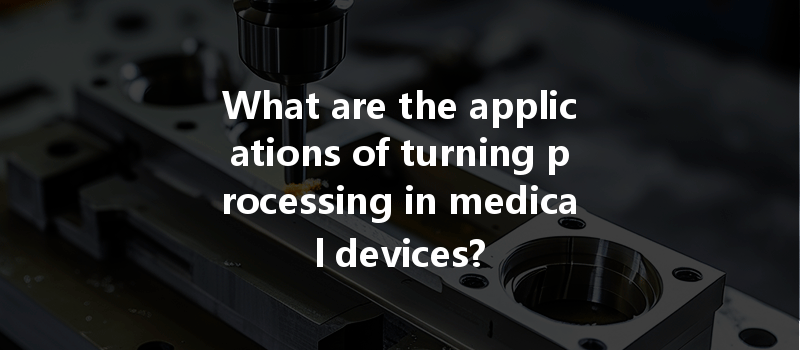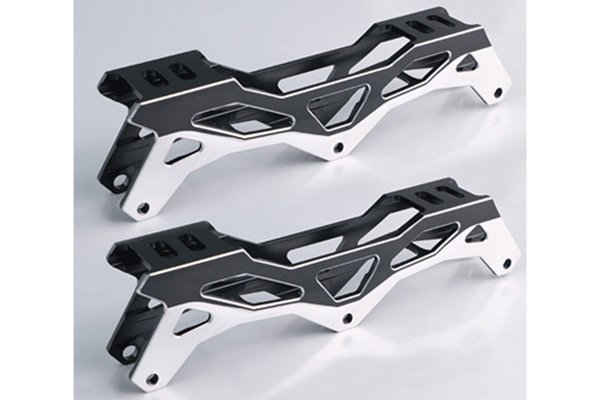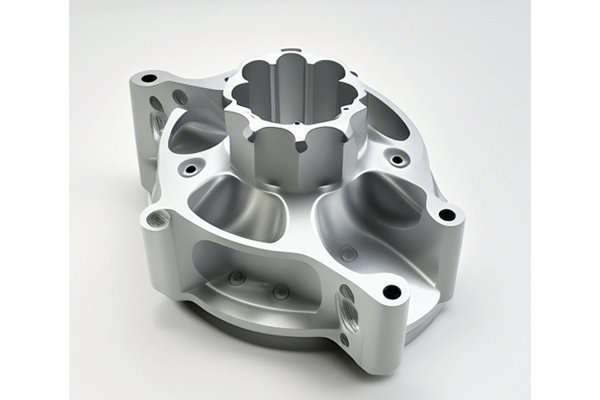Opening
Did you know that the global medical device market was valued at approximately $450 billion in 2020, and it is expected to reach over $600 billion by 2025? This staggering growth can be attributed to advancements in technology, particularly in the manufacturing processes used to create these crucial items. One of the manufacturing methods that plays a pivotal role in this sector is turning processing. But how exactly is turning processing applied in medical devices? Let’s dive into this fascinating topic to explore the myriad ways it shapes the production of essential medical tools and devices.
Understanding Turning Processing
Turning processing is a subtractive manufacturing technique wherein a rotating workpiece is cut to shape by a stationary cutting tool. This method allows for high precision and the creation of complex geometries, making it ideal for the stringent demands of the medical field.
In healthcare, the success of any device hinges on its precision and reliability. Therefore, manufacturers must utilize processes that ensure these qualities. Turning processing excels in this area, enabling the production of intricate components that meet rigorous safety and quality standards.
Applications of Turning Processing in Medical Devices
Turning processing finds its application across various medical devices, from surgical instruments to components used in imaging equipment and implantable devices. Below are some notable applications categorized by device type.
Surgical instruments require the utmost precision and durability. Common surgical tools such as scalpels, forceps, and needle holders are often made using turning processing. This allows manufacturers to create blades and tool shafts that are not only sharp but also resistant to the wear and tear associated with repeated use.
Advantages of Turning for Surgical Instruments:
Implantable devices such as pacemakers, orthopedic implants, and dental prosthetics rely heavily on turning processing for their components. The complexity of these devices means that precision machining is essential.
Key Benefits:
Medical imaging and diagnostic equipment, including MRI machines and ultrasound devices, utilize turning processing for several critical components. From housings to rotating parts, turning is vital for ensuring that these machines function correctly and provide accurate readings.
Benefits of Turning in Diagnostic Equipment:
Rehabilitation devices, such as prosthetics and mobility aids, often depend on components produced via turning processing. These devices need to be customizable and adaptable to individual patients.
Turning Advantages:

The Turning Process Explained
A. Materials Used
Turning processing can work with a multitude of materials, which is essential in ensuring that medical devices meet specific requirements such as strength and biocompatibility. Common materials include:
B. Turning Equipment
C. Techniques Employed
Quality Control in Turning Processing
Quality control is paramount in the manufacturing of medical devices. Various methods are employed to ensure that products meet regulatory standards:
Regulatory Compliance
Manufacturers must adhere to strict regulations when producing medical devices. Compliance with standards such as ISO 13485 and FDA regulations is critical. Turning processing must ensure that devices not only perform as intended but can also withstand scrutiny in terms of manufacturing processes.
The Future of Turning Processing in Medical Devices
As the technology behind turning processing advances, we can anticipate even greater integration of this method within medical device manufacturing. Key trends that will shape the future include:
Turning processing serves as a cornerstone in the manufacturing of medical devices, providing precision, reliability, and adaptability critical for today’s healthcare demands. This subtractive manufacturing technique is essential in creating everything from surgical instruments to implantable devices and diagnostic equipment.
As technology continues to evolve, the role of turning processing in the medical field will only expand, presenting new opportunities for innovation and efficiency. The integrity of medical devices is vital, and understanding the processes involved in their creation should be of concern not only to manufacturers but to all stakeholders involved in healthcare. In a world where patient safety and device reliability are paramount, the advancements and applications of turning processing in medical device manufacturing remain an important discussion. Let’s continue to think critically about how these processes can be optimized to support a better future in healthcare.






